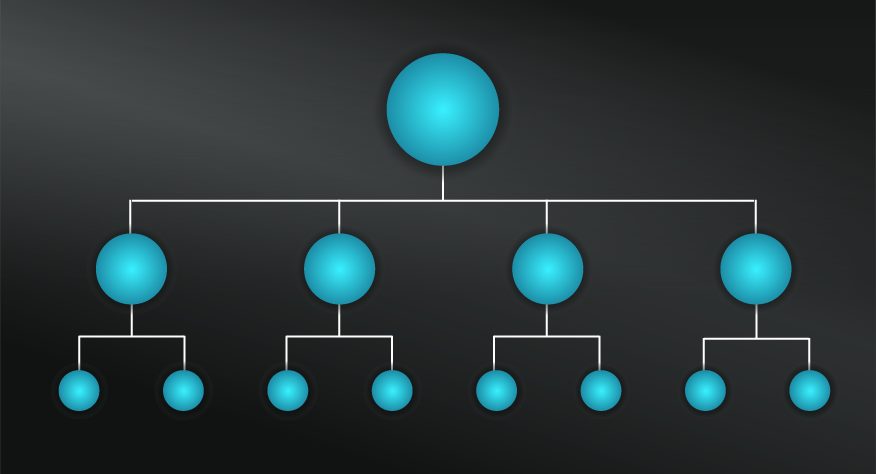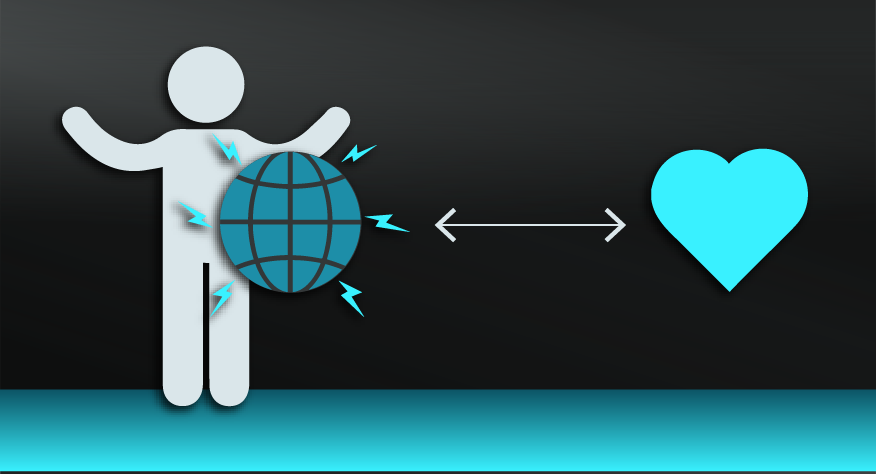
 0 saved
0 saved
 9.3K views
9.3K views








"In the new world, it is not the big fish which eats the small fish, it's the fast fish which eats the slow fish.”
- Klaus Shwab, Executive Chairman of the World Economic Forum.
Shwab's blunt warning is no surprise to the countless Fortune 500 companies who have seen their lifespan shrink from an average of 61 years in 1958 to less than 18 years more recently. McKinsey predicts that by 2027, 75% of the current S&P 500 companies will disappear.
It's clear that no matter company size, no matter age or maturity, the race is starting now. And the winners will be agile companies. So which models can help? Let's start with a quick latticework snapshot.
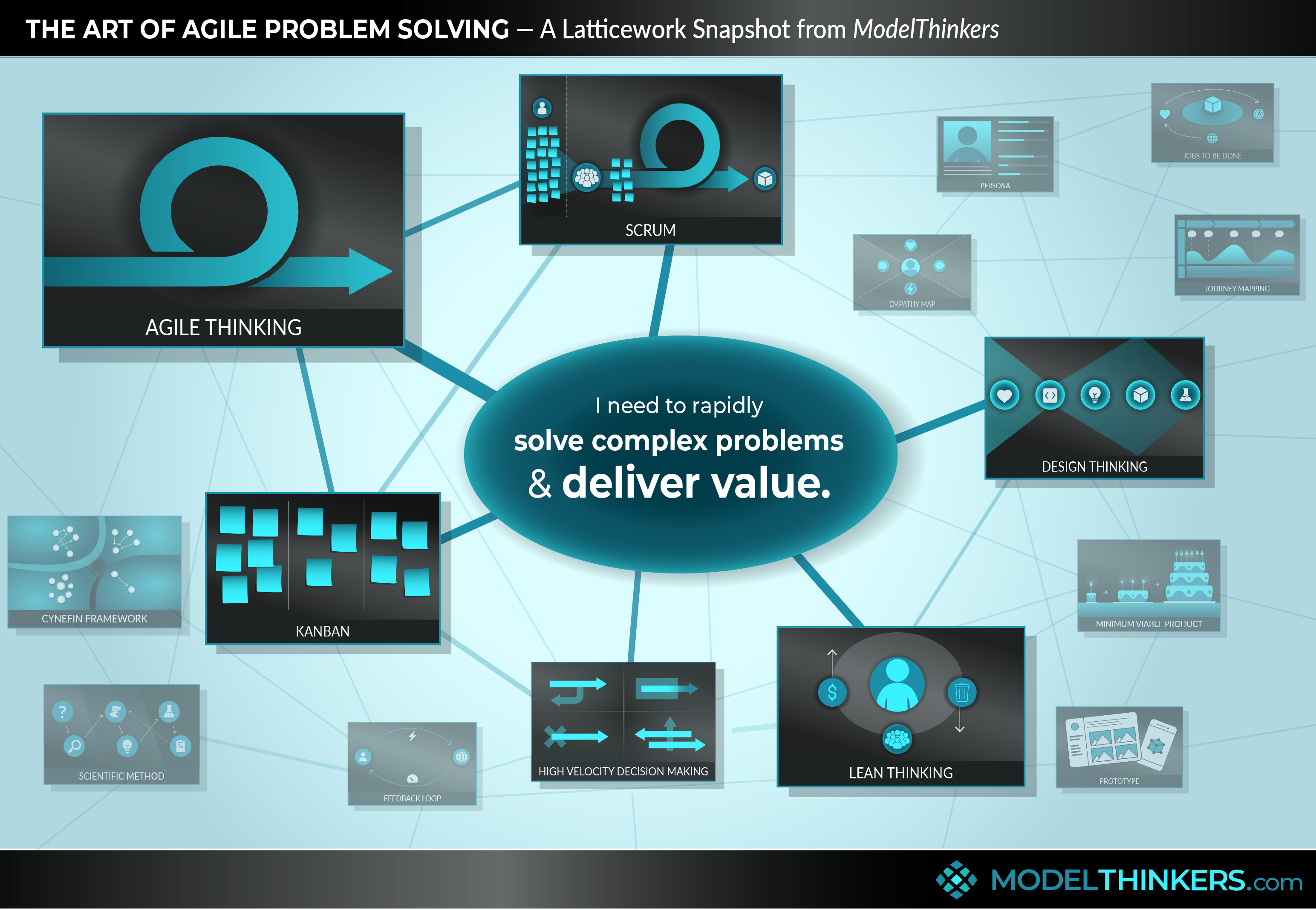
There's a lot to unpack in the above diagram, in this post I'll focus on the basics:
- Agile Methodology
- Kanban
- Scrum
This won't be our last post about agility, so we'll explore some of the other connections and applications later. For now, let's give you that promised primer by looking at these three fundamental models.
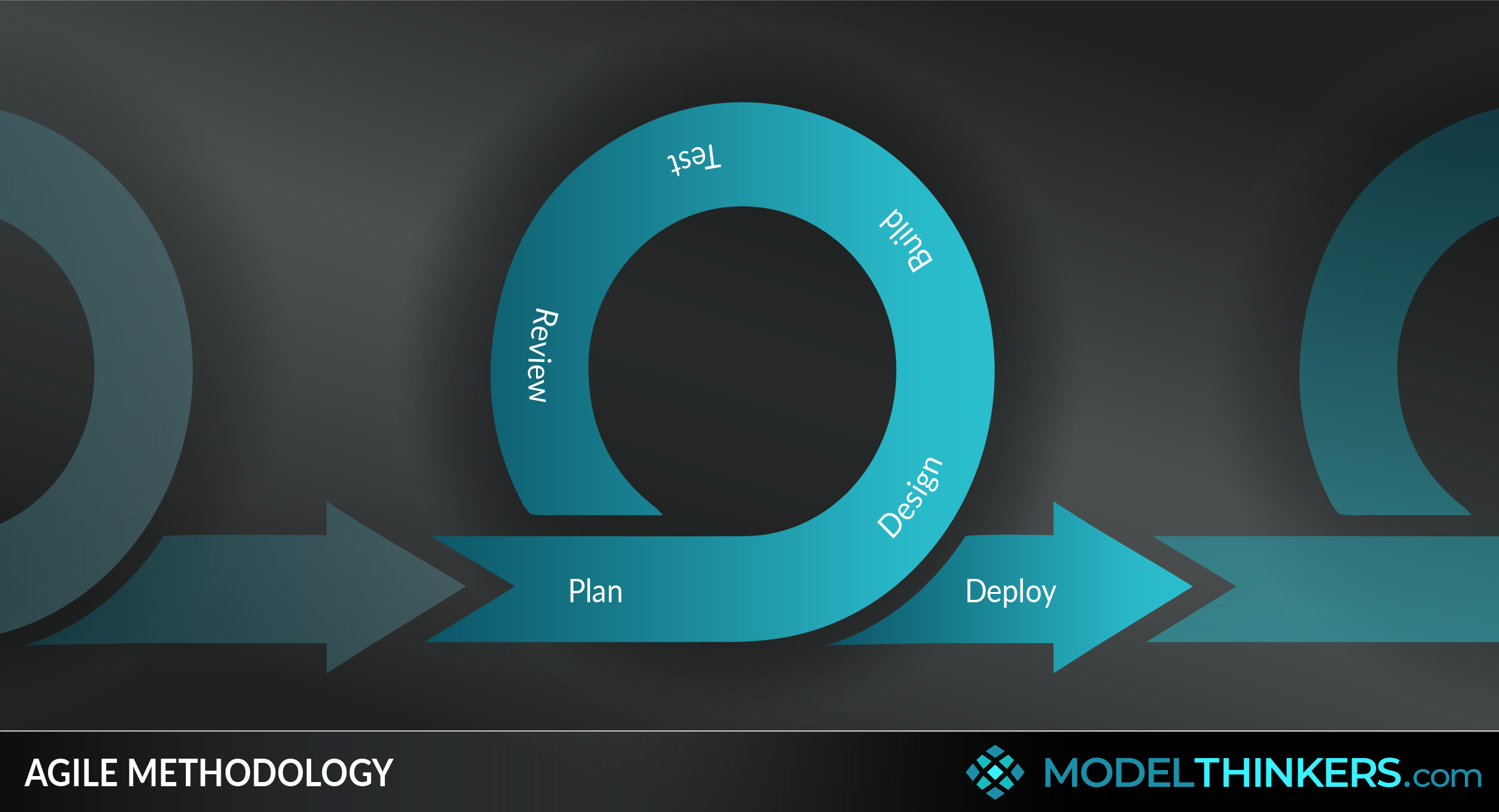
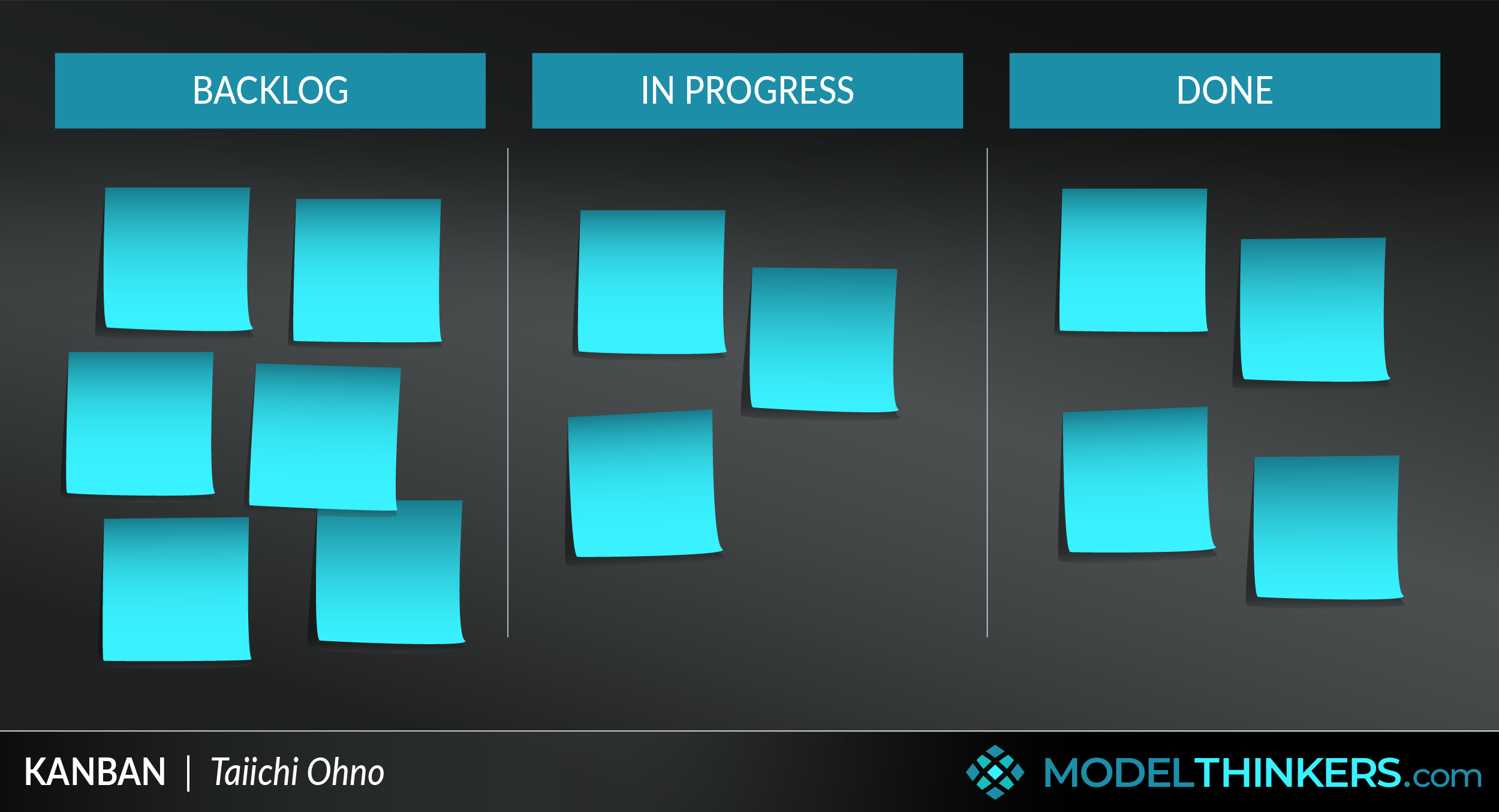
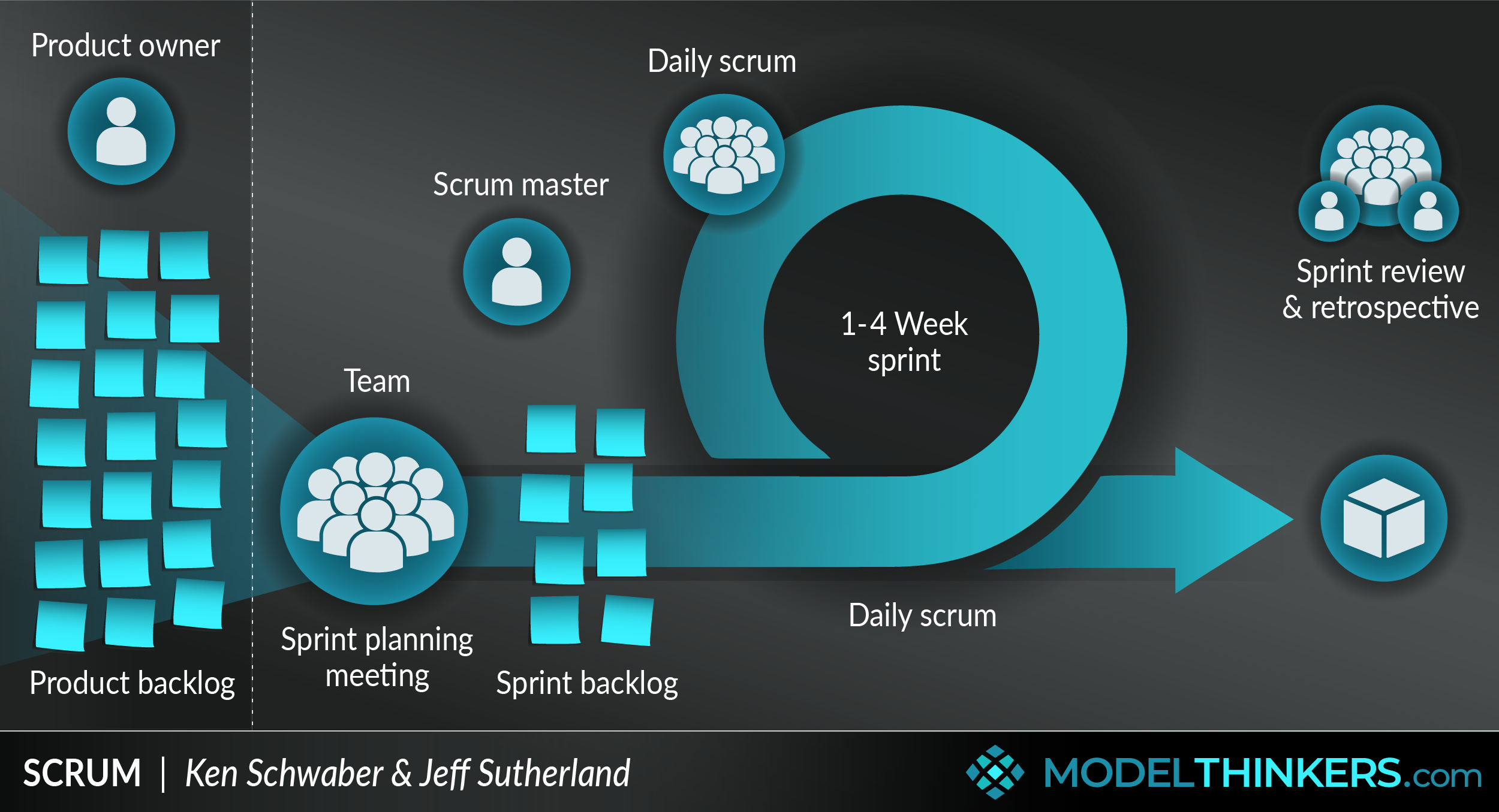
Premium content
Please do login or sign up to see premium contect
Subscription expired!
Please renew your subscription to access this feature.
 My Notes
My Notes






















